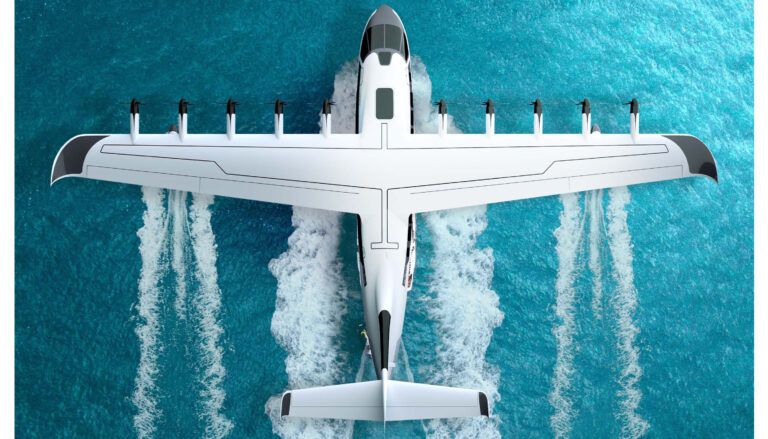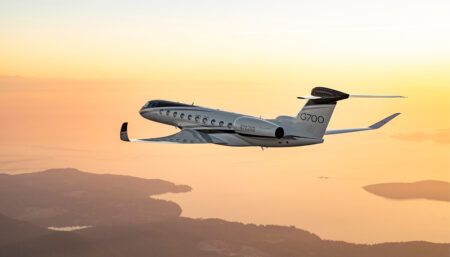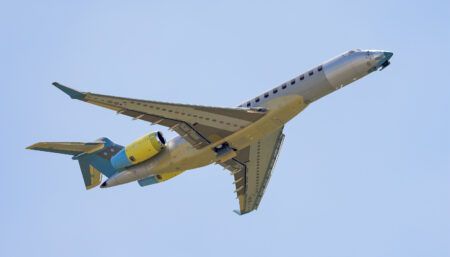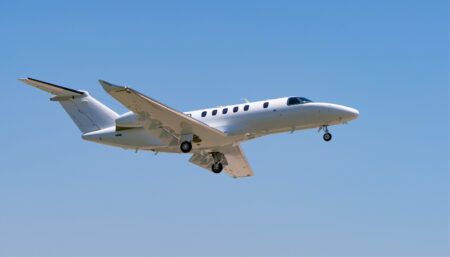Flight trials have begun on a 1:9-scale prototype of the JEKTA Passenger Hydro Aircraft – Zero Emissions 100 (PHA-ZE 100) amphibious aircraft.
Using a distributed electric powerplant to draw energy from onboard batteries, the tests are to verify the aerodynamic and hydrodynamic configurations of the production aircraft. JEKTA explained that the remotely controlled model will generate data representative of the full-size aircraft to verify and confirm the results of computational modelling already completed.
Following on from digital simulations, real-world testing is expected to deliver valuable data on how the aircraft performs during landing, taxiing and taking off from water. To optimise the full potential of flight testing, the 1:9 aerodynamic prototype will be used for initial verification work. Two amphibious flying boats are currently being modified as proof-of-concept aircraft and will be used subsequently to validate the combined digital and real-world data. The purpose-built ultralight test beds are intended to further de-risk the programme and inform detailed design modifications ahead of full-scale prototype construction.
“After extensive virtual trials and simulations, our engineers are excited to begin flying the 1:9 prototype,” said George Alafinov, CEO and co-founder at JEKTA. “The flight testing marks an important milestone on our journey to bring next-generation electric amphibious aircraft to operators globally.”
“Flying the scaled models and modified ultralights moves JEKTA one step closer to flying a full-scale prototype of the PHA-ZE 100, confirming that we’re on track with plans to introduce our new aircraft to the global air transport network in 2030,” Alafinov continued. “Testing presents an excellent opportunity for us to showcase progress to date and the future potential of the PHA-ZE 100 to investors and customers.”
Flight testing of the 1:9 prototype is taking place at an undisclosed location and is scheduled to be completed in September. JEKTA’s team has already gained extensive experience with amphibious aircraft design through the production of more than 90 single-engine ultralight and twin-engine flying boats.
“We are drawing on years of amphibious aircraft experience by basing our full-size test beds on ultralight aircraft of our design,” said Alafinov. “That experience means our customers can be confident that the PHA-ZE 100 is built on solid foundations by engineers who understand how to trial the real-world application of amphibious aircraft design successfully.”
The PHA-ZE 100 already has more than US$1bn of forward commitments from customers and JEKTA is scheduled to begin production of it at the company’s facility in Payerne, Switzerland, in 2028/29.
You can learn more about the project in this feature from last year, featuring the insights of PHA-ZE 100 industrial designer Max Pinucci, CEO of aviation design studio MBVision.





